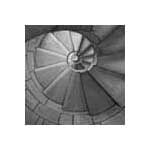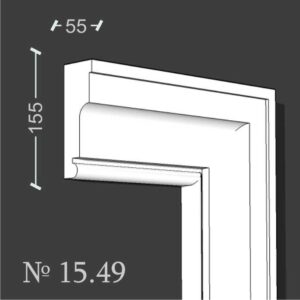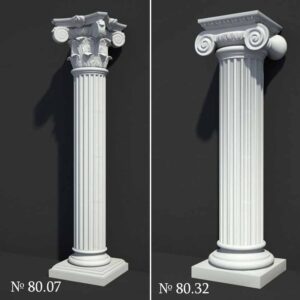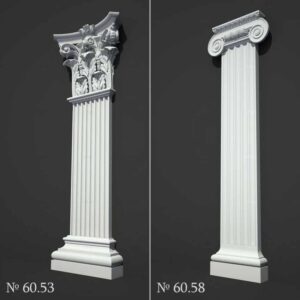The fusion of elegance and durability in stone cladding designs has become a defining characteristic of contemporary architecture. These designs offer not just a visually appealing façade but also a robust solution to modern building needs. Stone cladding, with its varied textures, colors, and finishes, provides architects and homeowners with the creative freedom to enhance the aesthetic appeal of a structure while ensuring its longevity. This article explores the diverse range of stone cladding designs that are shaping the face of contemporary architecture, demonstrating how they can transform any space into a work of art.
Rustic Charm Meets Modern Stone Cladding Designs
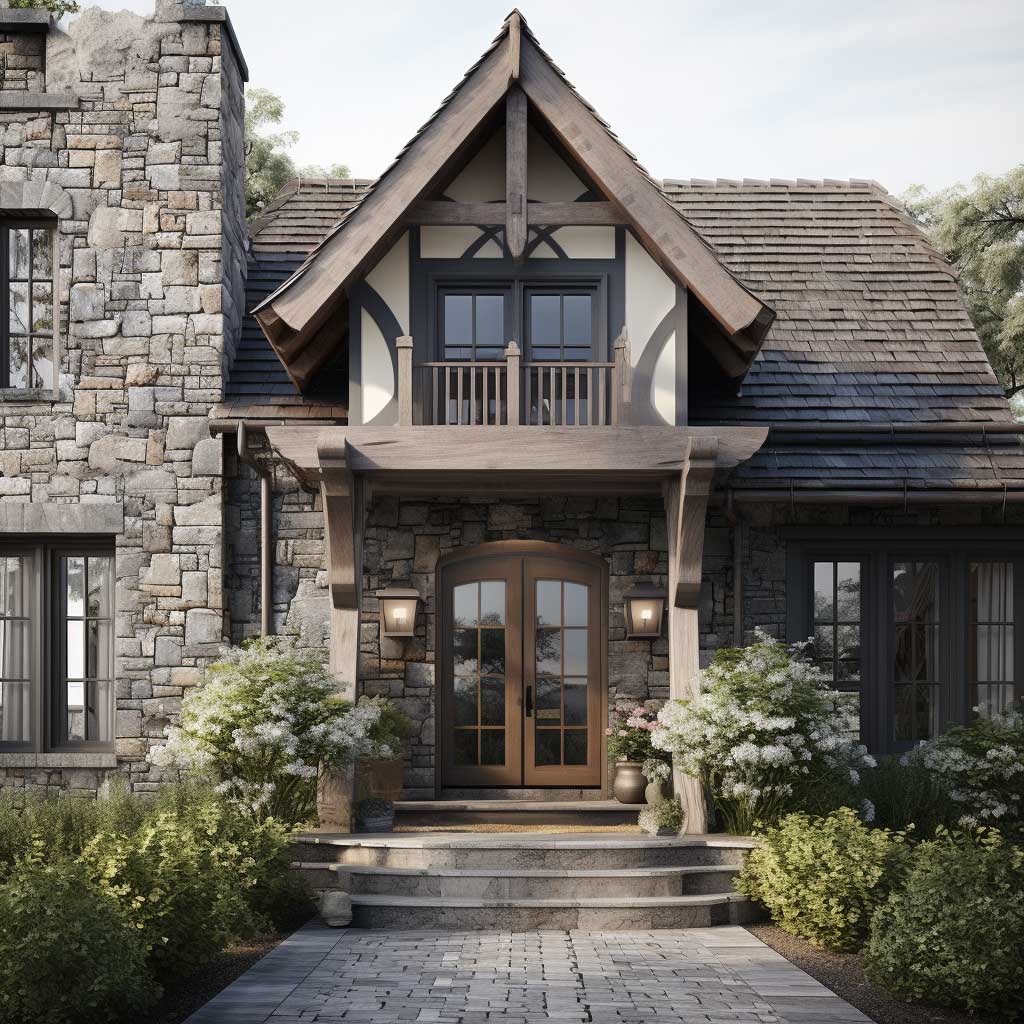



In the realm of architectural aesthetics, the blend of rustic charm with contemporary styles has always been a coveted design choice. The first photo presents a stunning example of this blend, where stone cladding designs are masterfully used to evoke a sense of timelessness while embracing modernity. The building, cloaked in a variety of stone cuts and colors, stands as a testament to the versatility of stone as a cladding material.
As one observes the façade, it becomes apparent that each stone has been carefully selected and placed, contributing to an overall effect that is both organic and meticulously designed. The varying shades of earthy browns, greys, and beiges intertwine to create a natural palette that complements the surrounding landscape. This choice of colors is not just about aesthetics; it also plays a functional role in blending the structure into its environment, making it appear as a natural extension of the terrain.
The texture of the stone cladding is another aspect that adds depth to the design. From rough, uneven surfaces that catch the light and create shadows, to smoother, more refined finishes, the texture variation provides a tactile experience that invites touch. It’s a feature that enhances the sensory interaction with the building, making it more than just a visual spectacle.
What makes this stone cladding design particularly appealing is the way it harmonizes with the modern elements of the building. The clean lines of the windows, the minimalistic door designs, and the sleekness of the metal accents all work together with the stone to create a cohesive look. It’s a fusion that speaks of a thoughtful design approach, one that respects and utilizes the beauty of natural materials while celebrating modern architectural trends.
Sleek Urban Elegance in Stone Cladding Creations


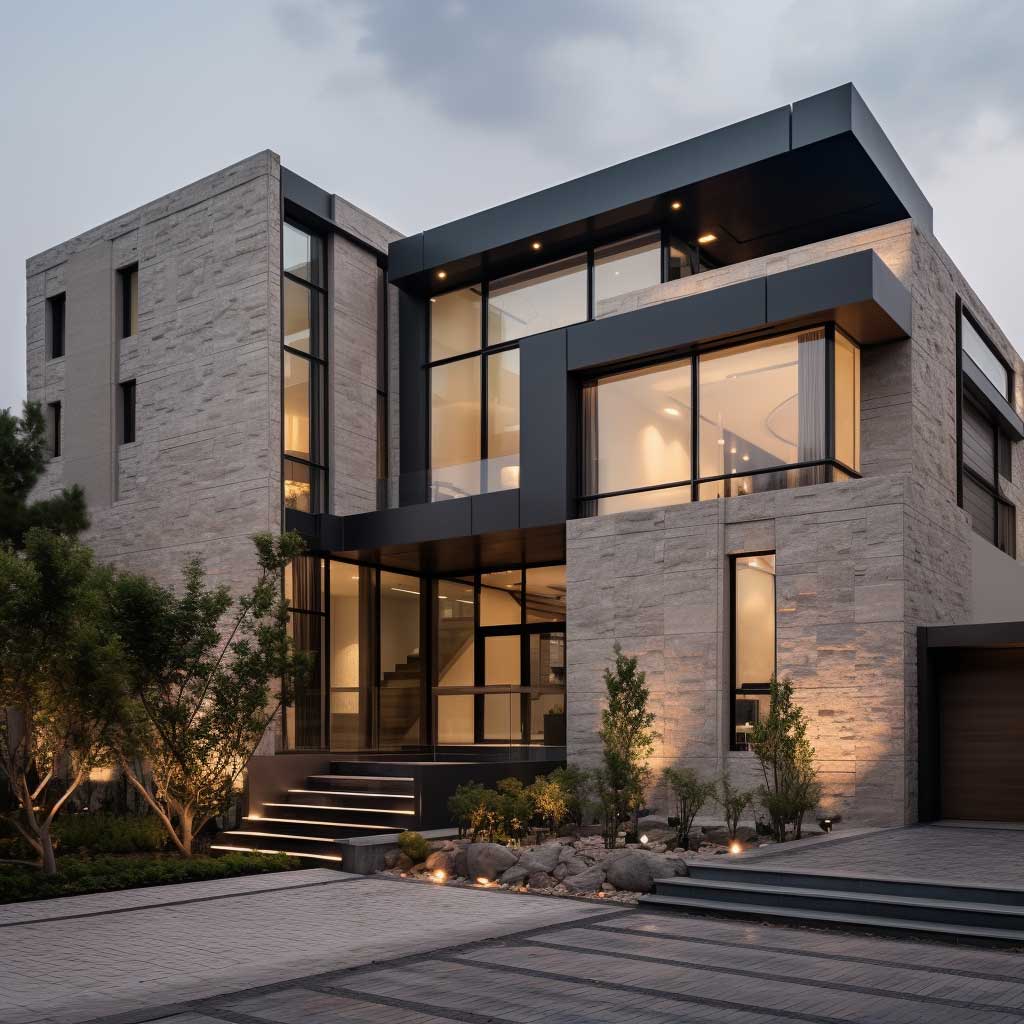

The second photo moves us into the urban landscape, where stone cladding designs have been employed to bring an element of natural elegance to a modern building. The choice of stone here is distinctly different from traditional rustic designs; it leans towards a sleeker, more polished look, fitting for an urban setting. The stones used are cut in clean, straight lines and laid in a pattern that exudes sophistication and order.
This particular stone cladding design brings a sense of groundedness to the building. Despite its urban location, the stone provides a connection to the natural world, a reminder of the earthy origins of the materials. The colors chosen are muted yet impactful; they don’t overpower the building’s overall look but rather enhance its modern architectural features.
One of the standout aspects of this design is how it interacts with light. The polished surface of the stones reflects the urban lights and the changing hues of the sky, creating a dynamic façade that changes throughout the day and night. It’s a living, breathing aspect of the building that responds to its environment, making the structure appear alive and integrated with its surroundings.
The integration of green spaces with the stone cladding is another noteworthy feature. Small planters, green walls, or even ivy climbing over certain sections of the stone add a splash of color and life to the façade. This not only adds to the aesthetic value but also contributes to the ecological aspects of urban design, a crucial consideration in modern architecture.
Harmonious Blend in Stone Cladding Architectural Masterpieces



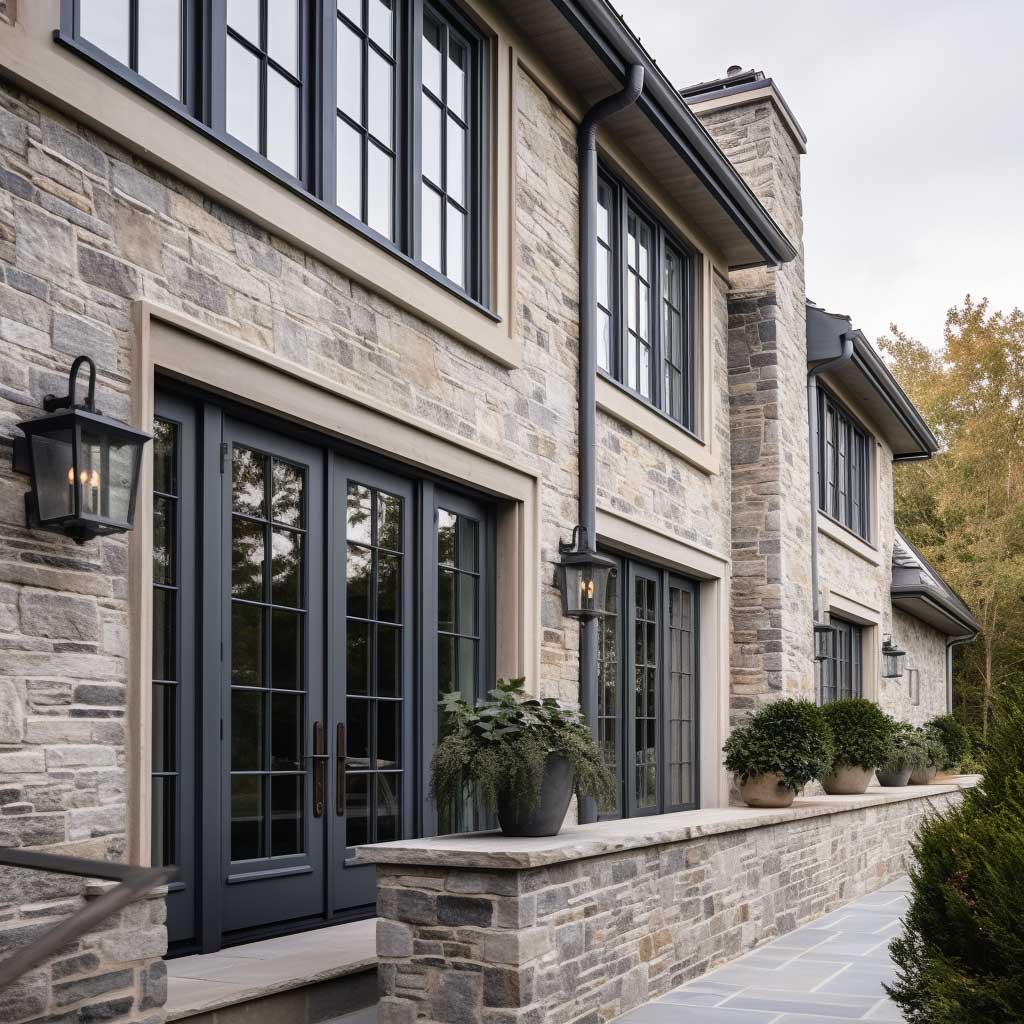
In the third photo, we observe a building that epitomizes the harmonious blend of traditional and modern elements through stone cladding designs. The structure showcases a variety of stone types, each contributing its unique texture and color to the design. What’s remarkable is how these different stones are brought together in a cohesive manner, creating a tapestry of natural beauty on the building’s exterior.
The design leans heavily on the natural, unrefined look of the stone. The irregular shapes, varying sizes, and the natural color gradations of the stones give the façade an organic feel. This choice reflects a deeper architectural philosophy – one that values the intrinsic beauty of natural materials and seeks to incorporate them in their most authentic form.
In terms of color, the palette is carefully curated to reflect the natural environment surrounding the building. The use of local stones or those that resonate with the regional landscape helps in grounding the building within its context. It’s an approach that not only ensures aesthetic appeal but also fosters a sense of belonging and connection to the local environment.
The way the stone cladding is arranged plays a significant role in the overall impact of the design. Some areas of the façade might feature tightly packed stones, creating a solid, impenetrable look, while others might have more spacing, allowing the background elements to peek through. This variation adds a layer of visual interest and depth to the design, making it more engaging and dynamic.
Stone cladding designs have revolutionized the way we think about building exteriors. They offer a perfect blend of aesthetic appeal and durability, making them a preferred choice in contemporary architecture. These designs not only protect the building from environmental elements but also add a timeless elegance to it. Whether it’s the rustic charm of natural stone or the sleek sophistication of processed variants, stone cladding provides endless possibilities to enhance the visual appeal of any structure. By embracing these designs, architects and homeowners can create spaces that are not only beautiful but also sustainable and enduring.
